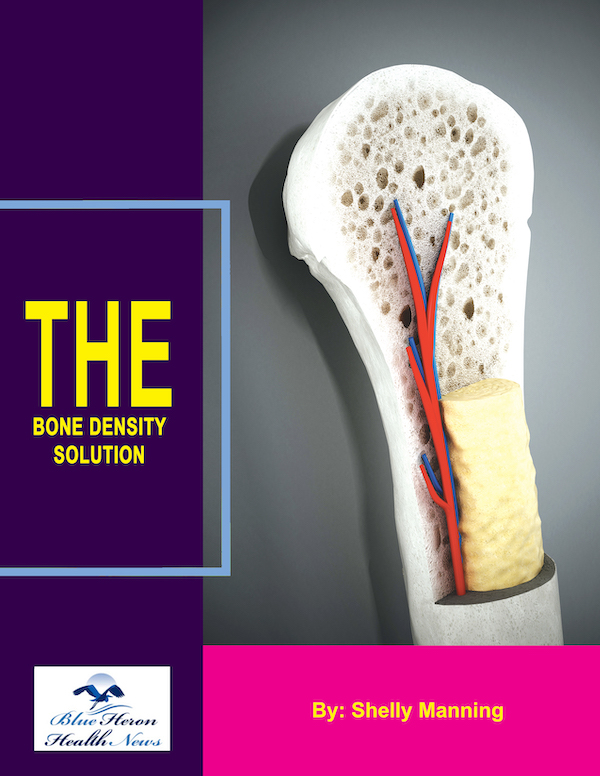
The Bone Density Solution by Shelly ManningThe program is all about healthy food and healthy habits. As we discussed earlier, we develop osteoporosis due to low bone density. Therefore, you will have to choose the right food to help your calcium and other vitamin deficiencies. In addition to healthy food, you will have to regularly practice some mild exercises. Your doctor might offer you the same suggestion. However, the difference is that The Bone Density Solution will help you with an in-depth guide.
What are the potential complications of untreated low bone density in India?
Untreated low bone density, also known as osteopenia, can lead to several significant complications, many of which can have serious implications for individuals in India. Here are some of the potential complications:
1. Osteoporosis
- Progression: If low bone density is not managed, it can progress to osteoporosis, a more severe condition characterized by brittle and fragile bones.
- Fracture Risk: Osteoporosis significantly increases the risk of fractures, particularly in the hip, spine, and wrist.
2. Fractures
- Hip Fractures: These can be particularly debilitating, often requiring surgery and leading to prolonged periods of immobility.
- Spinal Fractures: Can lead to chronic pain, reduced height, and spinal deformities such as kyphosis (a hunched back).
- Wrist and Other Fractures: Common in falls, these can affect daily activities and independence.
3. Chronic Pain
- Spinal Deformities: Fractures in the vertebrae can cause chronic back pain and deformities.
- Joint Pain: Changes in posture due to fractures and bone loss can lead to increased stress on joints, causing pain and arthritis.
4. Decreased Mobility
- Immobility: Fractures and pain can lead to decreased physical activity and mobility, which further exacerbates bone loss.
- Muscle Atrophy: Reduced movement can lead to muscle wasting, increasing the risk of falls and further fractures.
5. Loss of Independence
- Functional Decline: Chronic pain and fractures can make it difficult to perform daily activities, leading to a loss of independence.
- Need for Assistance: Increased dependency on family members or caregivers for daily activities.
6. Psychological Effects
- Depression and Anxiety: Chronic pain and loss of independence can lead to mental health issues such as depression and anxiety.
- Fear of Falling: This fear can lead to reduced physical activity, creating a cycle of worsening bone health.
7. Complications from Surgery
- Hip Fracture Surgery: Elderly patients undergoing hip fracture surgery are at risk of complications such as infections, blood clots, and long recovery periods.
- Anesthesia Risks: Particularly in older adults, surgery can carry risks related to anesthesia and post-operative complications.
8. Increased Mortality Risk
- Elderly Population: In older adults, fractures, particularly hip fractures, are associated with a higher risk of mortality within the first year post-fracture.
Societal and Cultural Implications in India
- Healthcare Accessibility:
- Limited access to healthcare facilities in rural areas can delay diagnosis and treatment, exacerbating complications.
- Financial constraints may prevent timely medical intervention and proper management of bone health.
- Awareness and Education:
- Lack of awareness about bone health and preventive measures can lead to neglect and delayed treatment of low bone density.
- Educational campaigns and community programs are essential to raise awareness about the importance of bone health.
- Cultural Factors:
- Dietary habits and lifestyle practices in different regions can impact bone health. For instance, vegetarian diets may need careful planning to ensure adequate calcium and vitamin D intake.
- Traditional roles and physical activities, especially among women, can influence bone health. Encouraging regular physical activity and proper nutrition is crucial.
Prevention and Management
To mitigate these complications, it is essential to focus on prevention and early management of low bone density:
- Regular Screenings: Bone density tests (DEXA scans) for at-risk populations can help in early detection and management.
- Nutritional Support: Ensuring adequate intake of calcium, vitamin D, and other bone-healthy nutrients.
- Physical Activity: Encouraging weight-bearing and resistance exercises to strengthen bones.
- Medical Management: Medications and supplements as prescribed by healthcare professionals to prevent further bone loss.
- Education and Awareness: Community programs to educate the public about bone health and preventive measures.
Conclusion
Untreated low bone density can lead to severe complications, including fractures, chronic pain, decreased mobility, and increased mortality risk. In India, addressing these issues requires a multifaceted approach that includes improving healthcare access, raising awareness, and encouraging preventive measures. Early detection and proper management can significantly reduce the risk of complications and improve the quality of life for individuals with low bone density.
The Bone Density Solution by Shelly ManningThe program is all about healthy food and healthy habits. As we discussed earlier, we develop osteoporosis due to low bone density. Therefore, you will have to choose the right food to help your calcium and other vitamin deficiencies. In addition to healthy food, you will have to regularly practice some mild exercises. Your doctor might offer you the same suggestion. However, the difference is that The Bone Density Solution will help you with an in-depth guide.
